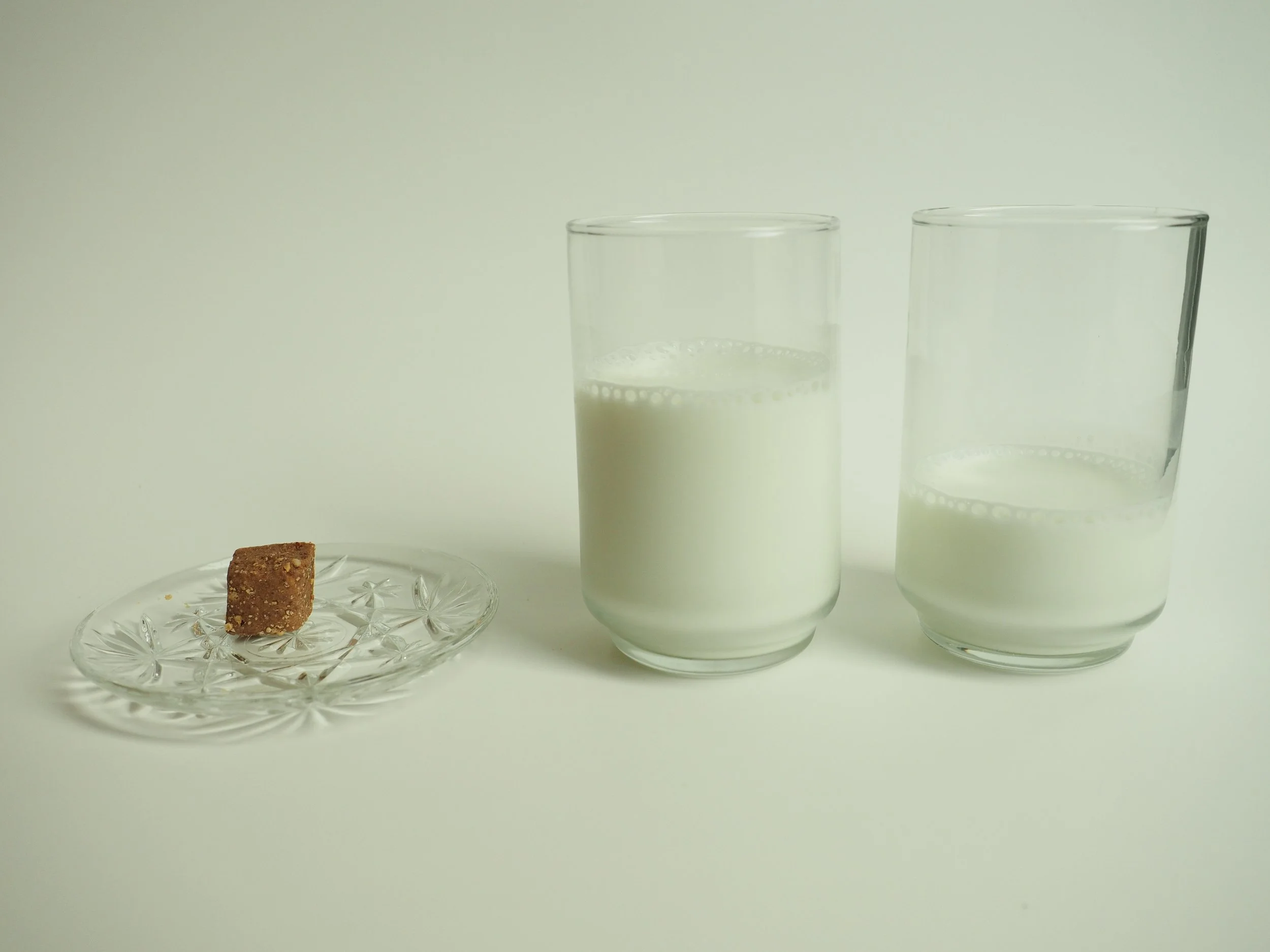Calcium and Teeth: Let’s Dispel Myths about Calcium (and Calcium Deposits) on Teeth
Numerous studies show a statistically significant relationship between tooth retention and calcium intake, and the continued association between osteoporosis and tooth loss. In sum, calcium is good for your teeth!
Is Calcium Good for Your Hair? A Closer Look at Hair Mineral Research
Calcium is important for bones and teeth, but what about calcium and hair loss and hair growth? We take a dive into the research on how hair is affected by calcium consumption, teasing out the connections between hair loss in baby mice nursed by mothers with a calcium deficiency and premature graying and low bone density.
How Calcium and Magnesium Work Together for Bone Health
Calcium and magnesium work together to support bone health. Below, we explain why the right balance of these two minerals (calcium and magnesium) matter for women’s bone health.
Calcium and Nail Health
While clinical studies on calcium supplements show limited impact on nail quality, real-food calcium like our calcium chews may tell a different story. Let’s look at the science behind calcium intake and nail health.
Why and How Synthetic Calcium Causes Constipation but Dietary Calcium Doesn’t
Calcium carbonate, the most common form in supplements, is poorly absorbed and often causes constipation. But calcium from real food sources, like the dietary calcium in our chew, is naturally bioavailable and better tolerated. In fact, a 2024 study in Frontiers in Nutrition found that higher dietary calcium intake is linked to a significantly lower risk of constipation.
Is Seen’s Calcium Chew Good for Pregnancy and Postpartum?
Pregnancy and breastfeeding place major demands on calcium stores, and in rare cases can lead to a condition called pregnancy-lactation osteoporosis (sometimes called PLO). Our co-founder’s diagnosis of pregnancy-lactation osteoporosis inspired her to find a better way to protect women’s bones with real food calcium.
What Does It Taste Like? Real Reviews of Our Calcium Chew
What does The Calcium Chew taste like? Real reviews say it’s like a caramel-almond treat made from real food. No pills, no chalky aftertaste. Our calcium chew is just a delicious way to support bone health every day.
A Big Week for Seen and Women’s Bone Health
A whirlwind week for us at Seen! From a podcast feature to national media coverage and a UCSD commencement speech, our real food calcium chews are making headlines.
No Bloating, No Constipation: What Our Customers Say About Digestive Comfort
If you’ve ever quit calcium because it upset your stomach, you’re in good company with the 20% of women who experience GI side effects from calcium carbonate. In this post, we share real reviews from women who finally found that they both tolerate and enjoy our natural dietary calcium chew.
May is National Osteoporosis Awareness and Prevention Month
We are proud to support the Bone Health and Osteoporosis Foundation as corporate advisors and recognize May as National Osteoporosis Awareness and Prevention Month.
What We Learned at the International Symposium on Osteoporosis 2025: A Food-First Perspective on Bone Health
We had a great time at the International Symposium on Osteoporosis in DC, hosted by the Bone Health and Osteoporosis Foundation.
Why not a calcium gummy? Or, why we chose a calcium chew pt. 3
More on why we chose a calcium chew instead of a calcium gummy because chews deliver a cleaner, more reliable dose of chewable calcium without added sugars, artificial ingredients, or dosing inconsistencies.
Why not liquid calcium? Or, why we chose a calcium chew pt. 2
We are often asked about our format here at Seen. One more unusual kind of calcium supplement is not a calcium chew, calcium gummy, or the traditional pill, but actually a liquid calcium supplement. You might have seen this on drugstore shelves: liquid calcium looks a little like a bottle of Pepto Bismol and needs to be refrigerated after opening.
Why a Calcium Chew?
Why did we choose to make a calcium chew, not a calcium gummy, capsule, or liquid calcium formulation? I (Adrienne) wanted to write my answer out here because I think many students (and customers, too) are surprised by the complexity and shortcomings of other calcium gummies, calcium liquid supplements, or capsules.
Understanding ICD Codes for Osteoporosis and Osteopenia
What is the difference between osteopenia and osteoporosis both as a diagnosis and as a category of diagnosing low bone density? Here we dive into the weeds, looking at the different ICD codes for osteoporosis and osteopenia to better advocate for our care.
Why We Use Milk Minerals to Support Women’s Bone Health
Customers often ask us about our key ingredient: milk minerals. What is it, exactly? Milk minerals are not just the isolated calcium naturally present in milk, but actually the entire complex of minerals that you would consume if you had a glass of milk.
Why We Third-party Test Our Calcium Chew Complete
We know how important it is to build trust and stand behind a product with verified integrity. That’s why we third-party test our calcium chew for both nutrient levels and for food safety.
Why do we use Nutrition Facts vs. Supplement Facts?
We could have used supplement facts to detail our product, but we actually wanted to be more transparent and our product to be subject to more - not less - regulatory oversight. Nutrition Facts are for food and beverages, and regulated by the FDA. By using Nutrition Facts, instead of Supplement Facts, we are required to detail calories, macronutrients (like fats, carbs, and protein), and essential vitamins and mineral and adhere to strict labeling guidelines.
I’m lactose intolerant, can I eat Seen’s Calcium Chew Complete?
Short answer? Yes! Click for more information.
Nonprofits We Proudly Supported in 2024
In 2024, Seen Nutrition proudly supported and donated to five nonprofits.
As the New Year approaches, we wanted to summarize the mission of each of these organizations and encourage our community to do the same!




















